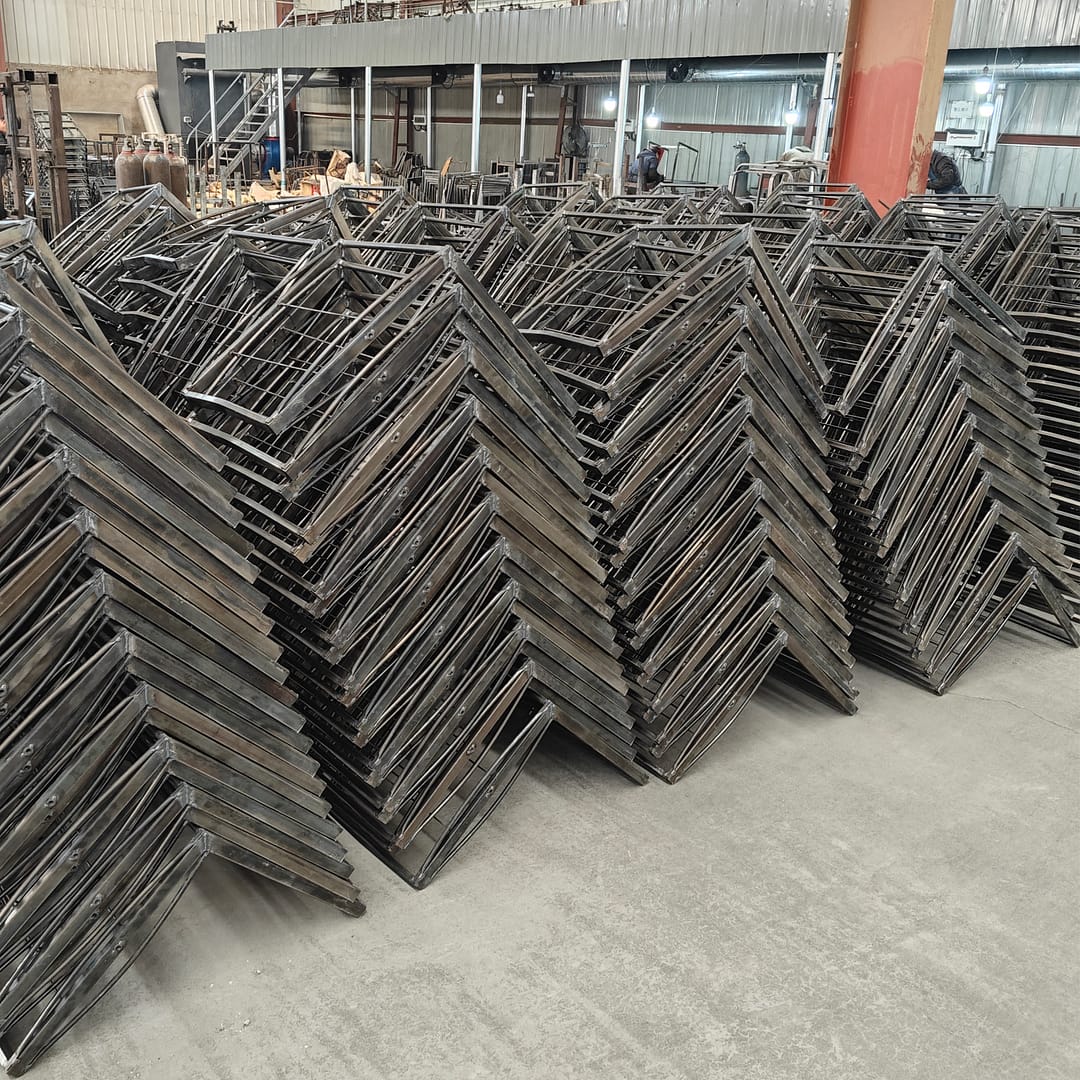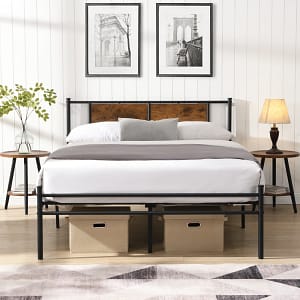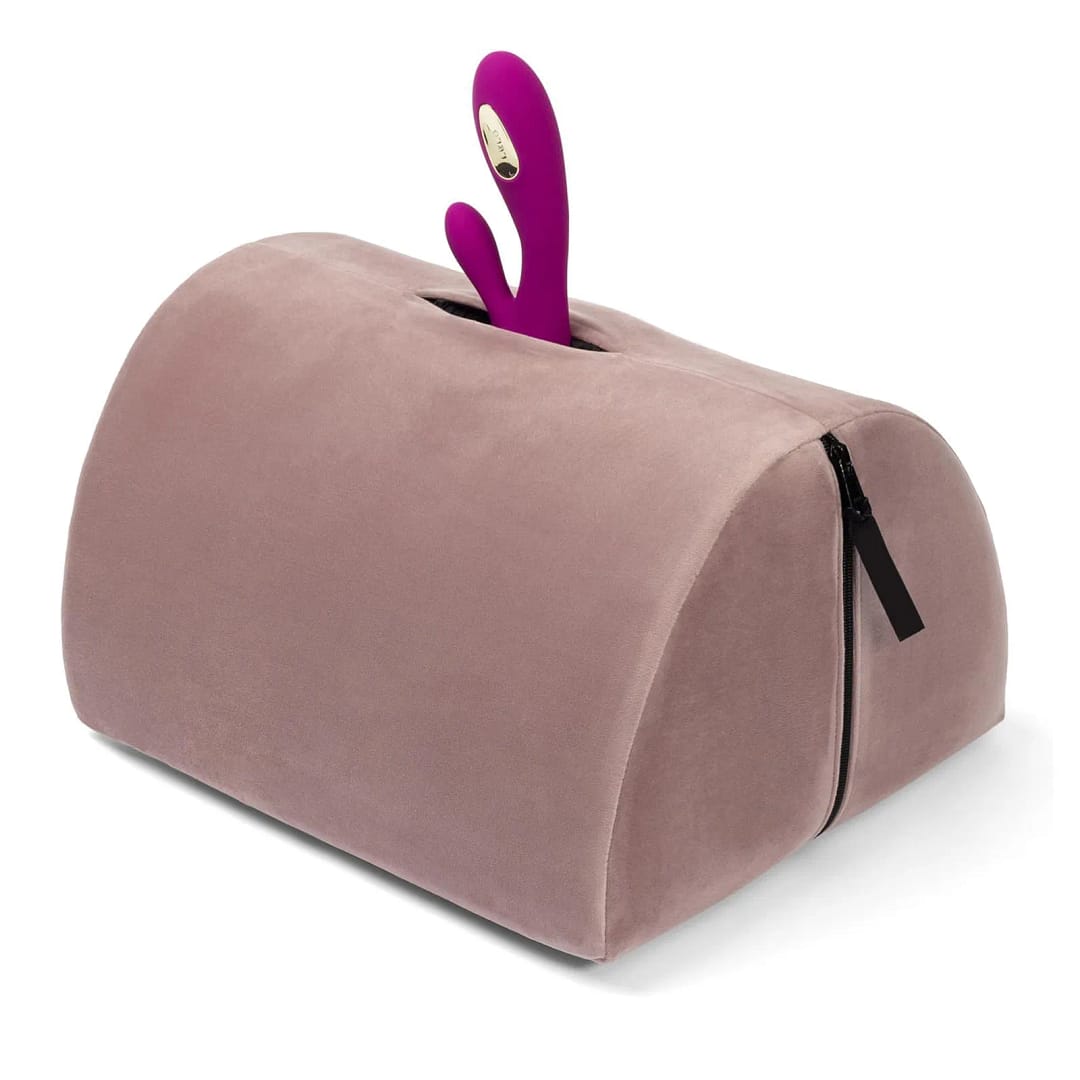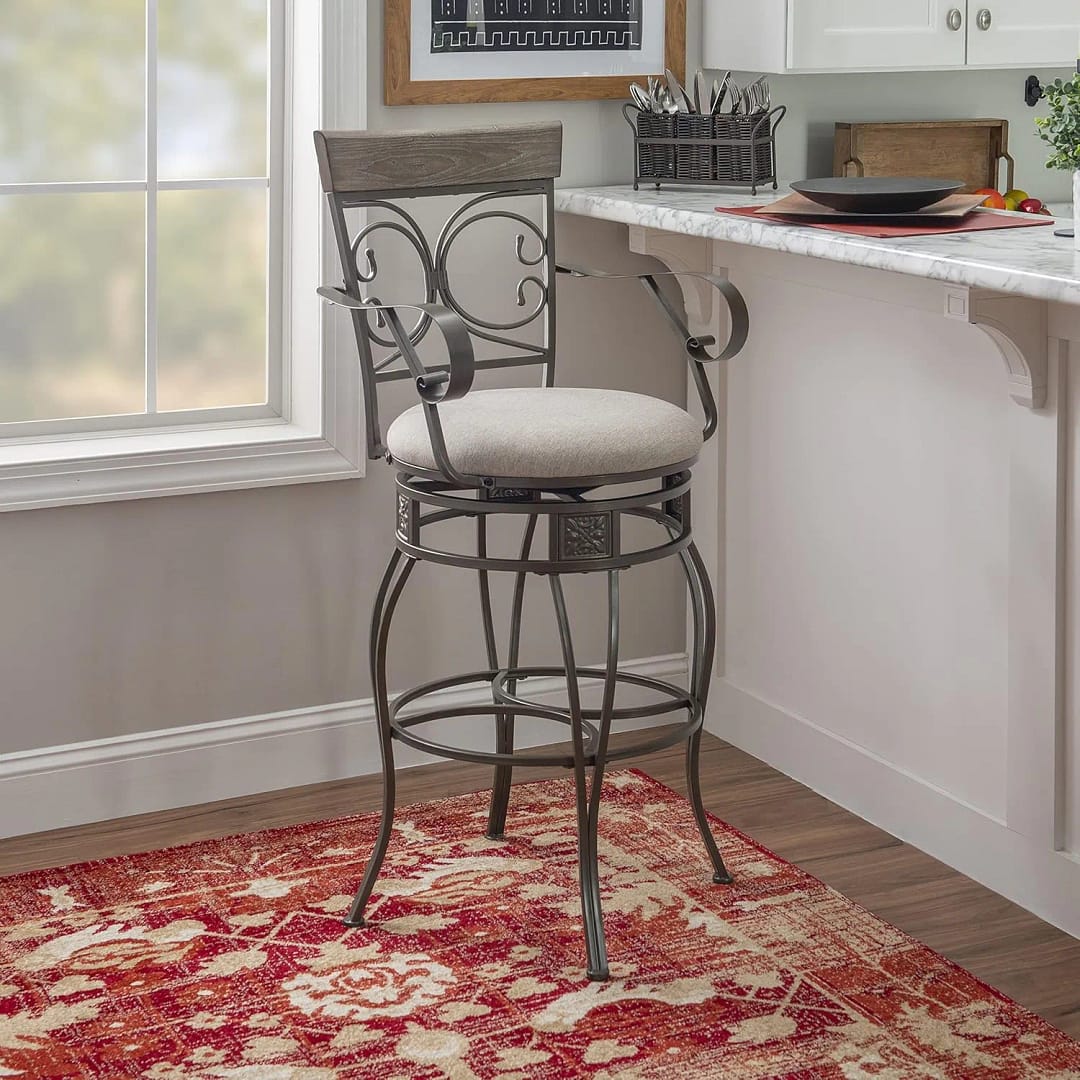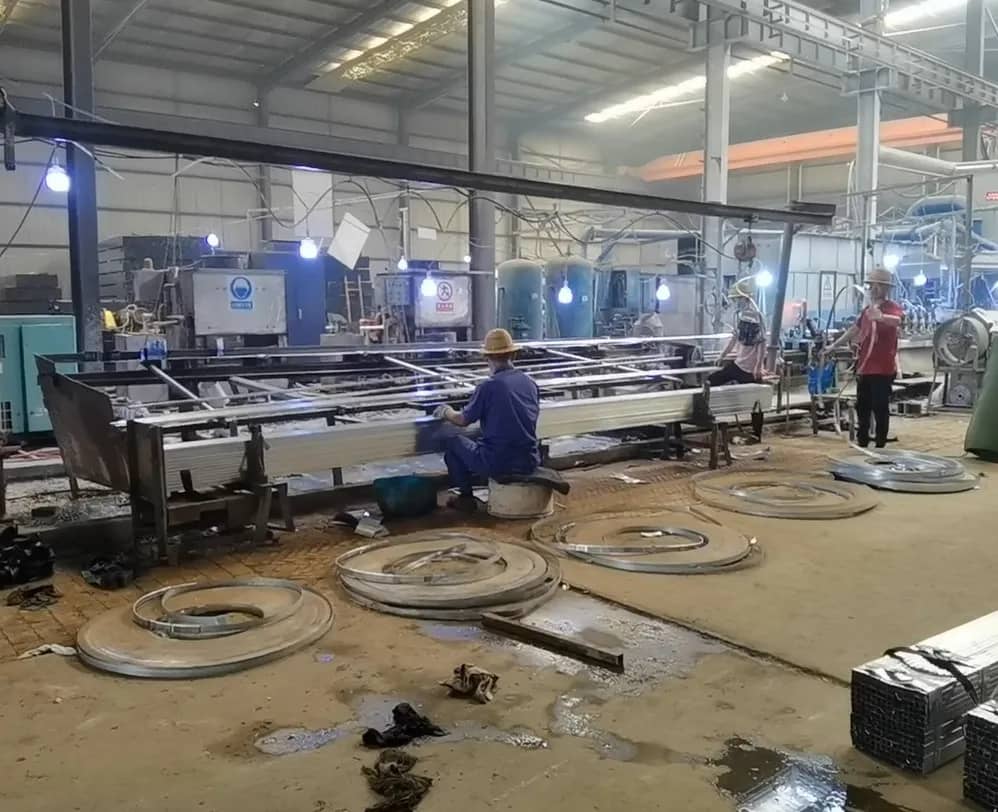Will Rusty Metal Ruin Your Bar Stools? How We Transform Raw Steel into Lasting Furniture
Rust: the nightmare haunting every metal bar stool owner. If you’ve ever wondered, “Can rusty steel still be used to make durable bar stools?” – the answer is a resounding yes, if processed correctly. At [Your Brand Name], we salvage and fortify steel through science-backed methods. Here’s how we combat corrosion at every stage.
Why Iron-Based Metals Rust (And Why It’s Not Game Over)
All ferrous metals (carbon steel, cast iron) oxidize when exposed to oxygen + moisture:
Myth: Rusty steel must be scrapped.
Reality: Surface rust is removable; deep pitting (>0.5mm) requires grading.
Stage 1: Rust Removal – Salvaging Raw Material
[Embed 45-sec Video: Our Multi-Stage Derusting Process]
We deploy a 5-step derusting system proven for bar stool production:
Testing: Derusted steel undergoes eddy current scans to verify integrity. Pitting under 0.3mm depth is acceptable per ASTM A123.
Stage 2: Powder Coating – The Ultimate Rust Shield
Powder coating isn’t paint – it’s a molecular armor system:
How It Works:
- Electrostatic Spray: Charged polymer particles (-30kV) cling to grounded steel.
- Infrared Curing: 200°C heat melts powder into cross-linked chains.
3 Rust-Blocking Mechanisms:
Critical Note: Cheap powder coating fails because:
❌ Skipping pre-treatment (phosphating)
❌ Low-cure powders (melt at <180°C → porous)
❌ Thin layers (<60µm total)
Our standard: 80–120µm thickness with dual-layer application.
Rust Resistance Data: Industry Benchmarks vs. Ours
Extreme Environment Solutions: Beyond Basic Coating
For coastal bars/high-humidity venues, we add:
- Zinc-Rich Primers: Sacrificial zinc corrodes first (protecting steel)
- Seam Sealing: Silicone injection into welded joints (blocks moisture traps)
- Stainless Hardware: A2/A4 bolts prevent galvanic corrosion
(Case: Miami Beach restaurant reported zero stool corrosion after 4 years)
When Rust Indicates Poor Manufacturing
These flaws guarantee premature corrosion:
🛑 Weld Spatter: Unremoved blobs → coating voids.
🛑 Sharp Edges: Powder coating “crawls back” from corners → exposed metal.
🛑 Poor Drainage: Hollow tube ends trap condensation.
Our countermeasures:
- Post-weld grinding → smooth transitions
- End caps on all tubular sections
- Rounded edges (≥R1.5mm radius)
Maintaining Metal Bar Stools: Owner Checklist
Extend your stool’s lifespan with:
🔹 Weekly Wiping: pH-neutral cleaner (pH 6–8)
🔹 Avoid Chlorides: Bleach/sea spray accelerate rust
🔹 Inspect Scratches: Touch up with epoxy pens if coating chips
🔹 Prevent Standing Water: Use coasters in humid spaces
Quality Validation: How We Certify Rust Resistance
Every batch undergoes:
- Glow-Discharge Spectrometry: Measures Fe/Zn/Phosphates ratios pre-coat.
- Coating Thickness Gauges: 5-point checks per stool.
- Cyclic Corrosion Testing: 7-day salt spray → 4-day humidity → 120h UV repeat cycling.
2024 Data: Only 0.2% of stools showed edge rust after simulated 8-year exposure.
Conclusion: Rust is a Challenge, Not a Dealbreaker
Durable metal bar stools demand more than spraying over rust. Through rigorous derusting, multi-layer powder engineering, and design-intentional sealing, oxidized steel transforms into corrosion-resistant furniture.
At Bestyle Home, we don’t just coat metal – we re-engineer it against decay.
Explore Our Anti-Rust Tech: Derusting & Coating 360° Process.

